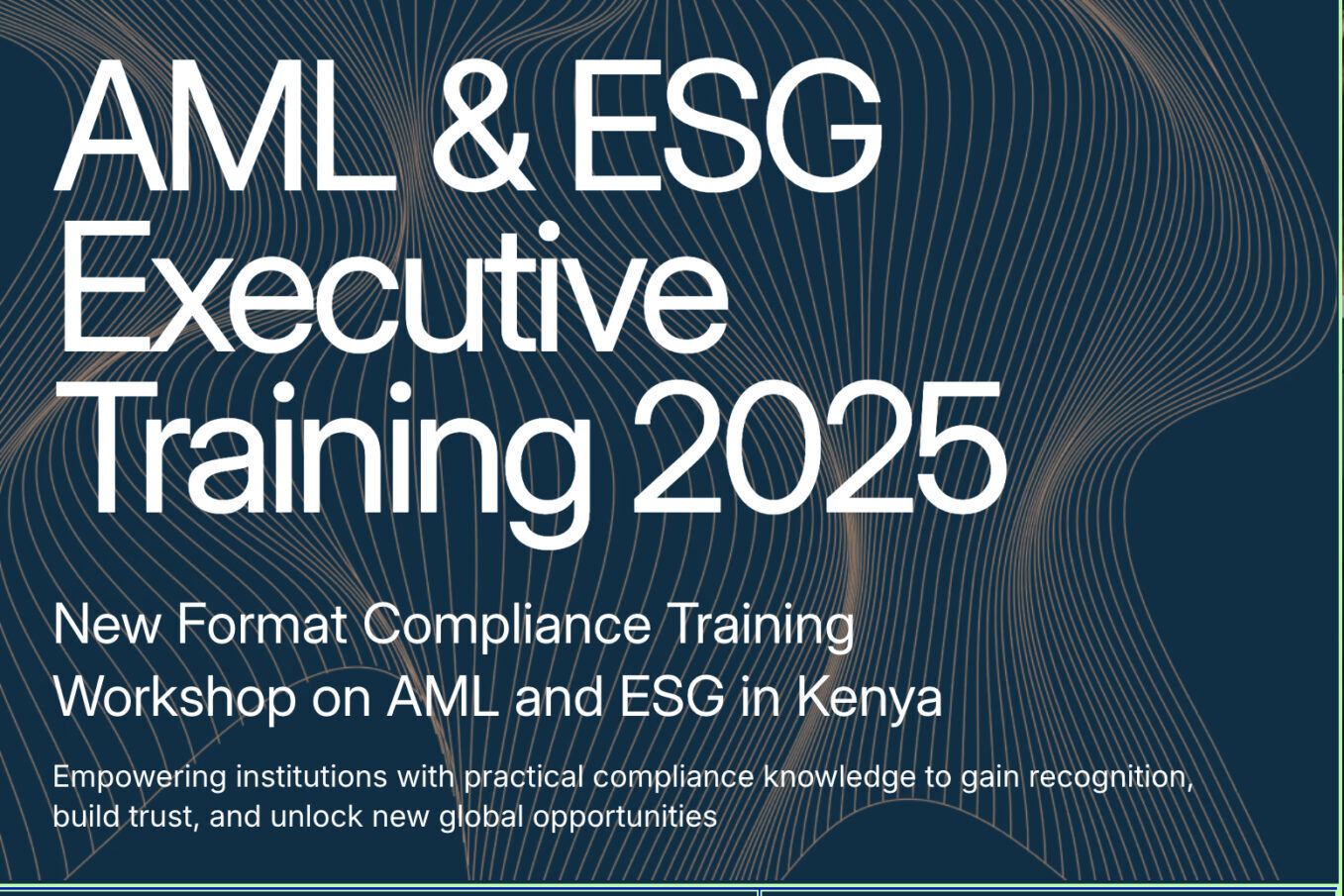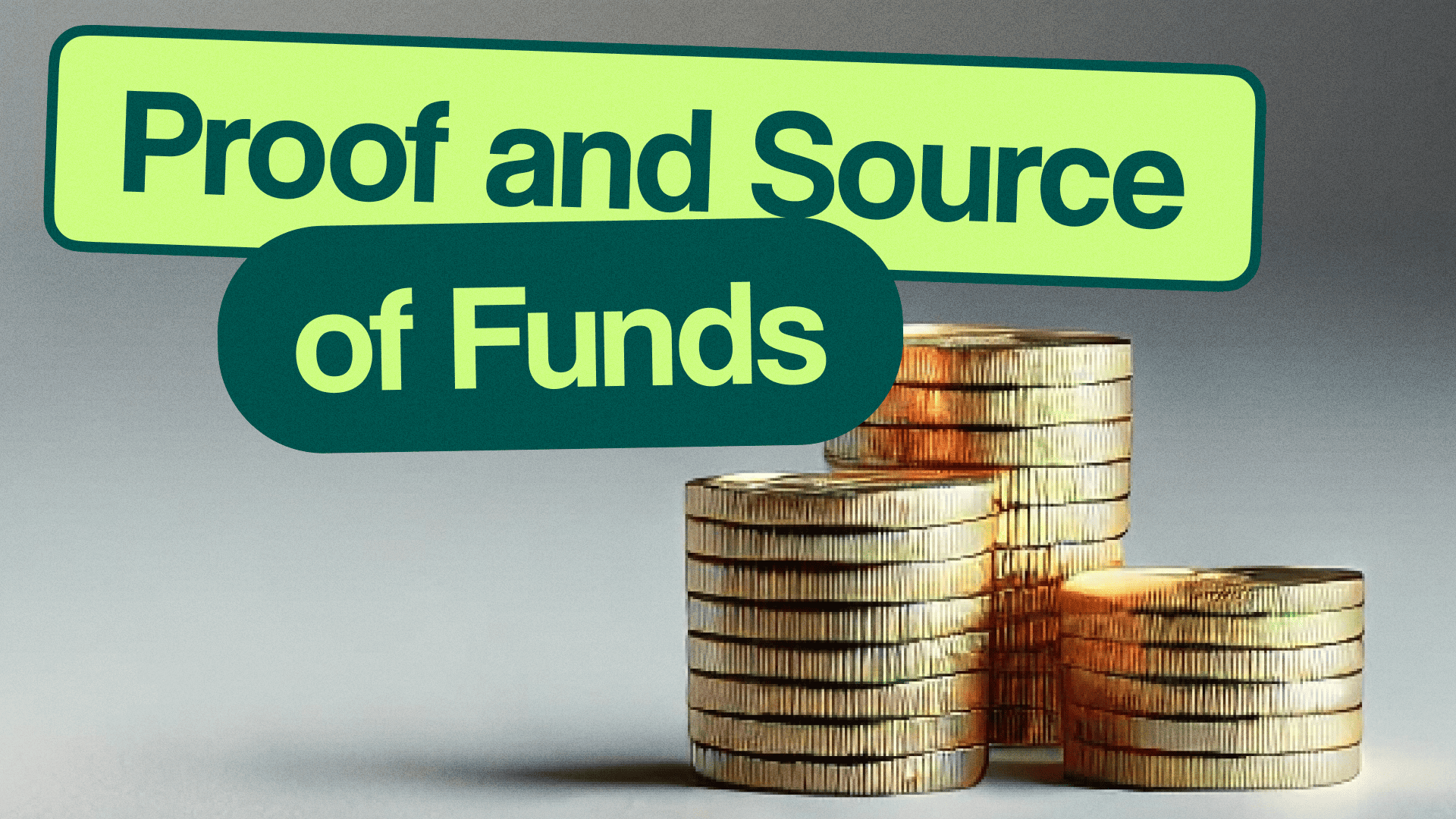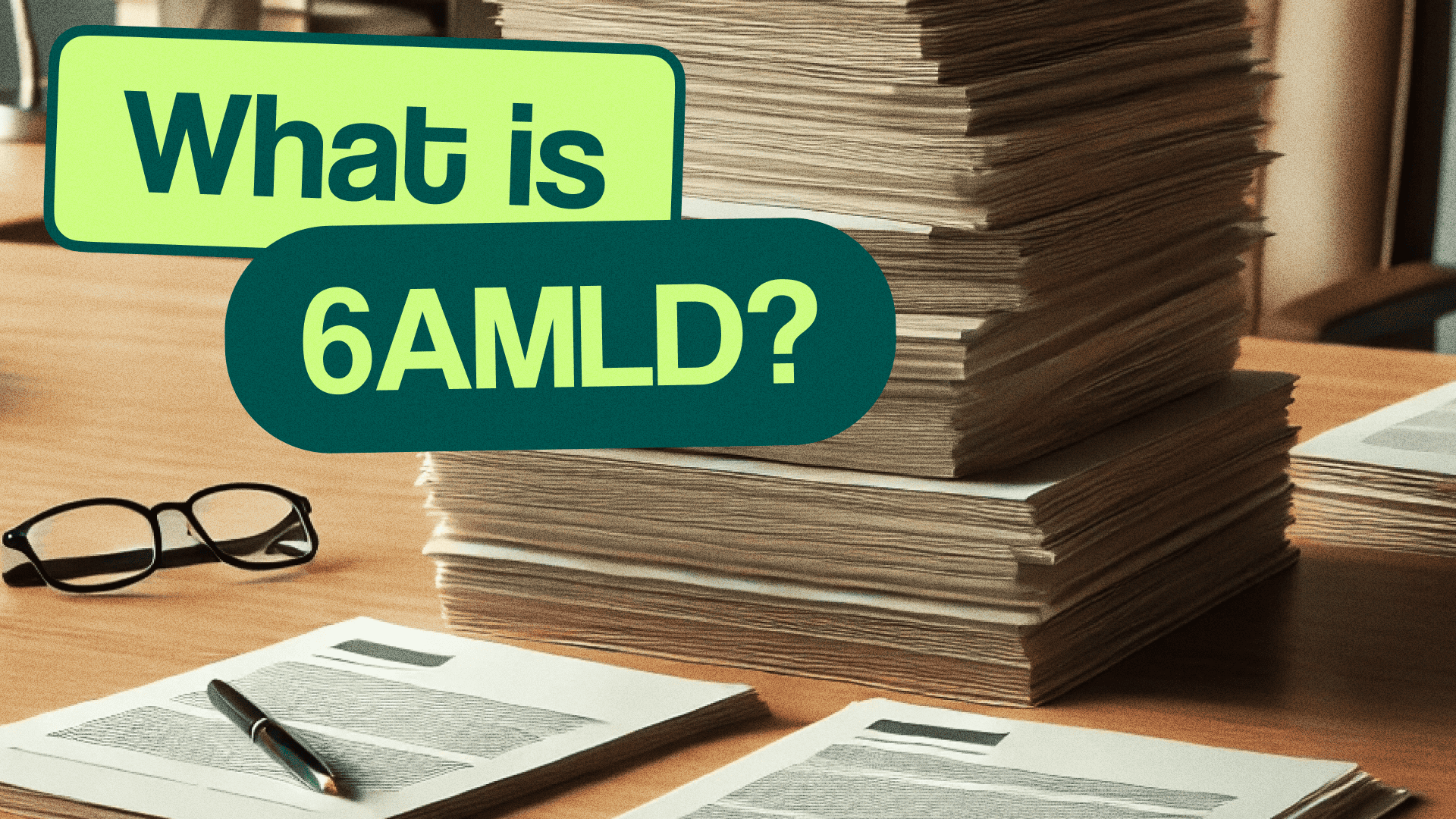Author: Dmitry Yanchenko
In an age where data breaches headline news stories and consumer data rights are at the forefront of regulatory discussions, the security protocols a business adheres to couldn’t be more critical. Systems and Organization Controls 2 (SOC 2) compliance represents a commitment to those protocols — a seal of trust that businesses can proudly bear.
SOC 2 compliance is crucial for AML (Anti-Money Laundering) services as well, as they process a significant amount of sensitive information. Ensuring the secure handling of this data is essential for maintaining data integrity, preventing criminals from tampering with records, and avoiding leaks of personal identification documents. SOC 2 certification provides a comprehensive framework for managing risks associated with sensitive data processing, ensuring that appropriate controls are in place to safeguard confidentiality, integrity, and availability.
Moreover, SOC 2 compliance serves as a valuable tool for evaluating and assessing the security posture of third-party AML vendors. By adhering to SOC 2 standards, AML providers can demonstrate their commitment to robust security practices, instilling confidence in their clients and regulatory bodies. This level of assurance is crucial in an industry where the consequences of data breaches or mishandling sensitive information can be severe, both in terms of financial implications and reputational damage.
In this article, we take a thorough look at this standard, deciphering its complexities and emphasizing its significance for businesses navigating the intricate web of data security and privacy.
What Is SOC 2?
At the heart of modern business practices, especially those that deal with customer data, lies the requirement for a systematic and secure approach to data management. SOC 2 is the reflection of a company’s commitment to such secure practices.
These practices were specified by the American Institute of Certified Public Accountants (AICPA), and divided into the five Trust Service Principles (TSP). These principles form a baseline against which companies are able to measure how well they manage data, safeguarding the interests of their clients and the privacy of users.
The measurement has two forms: Type I, which examines the suitability of the design of controls at a specific point in time, and Type II, which tests the operational effectiveness of these controls over a defined time period. This delineation ensures that SOC 2 is not a one-time checkbox but a continuous commitment to data security.
The Five Trust Service Principles
These Trust Service Principles are a model of a company’s commitment to upholding the standard of covering every aspect of data security:
- Security: This principle signifies the protection of resources against unauthorized access. Security measures prevent potential system abuses that could result in the deletion, theft, or modification of sensitive information.
- Availability: Here, the focus is on the availability of the system, products, or services as stipulated by a contract or agreement.
- Processing Integrity: Ensuring that system processing is complete, valid, accurate, timely, and authorized to meet the company’s objectives.
- Confidentiality: Data categorized as confidential is protected to thwart unwarranted disclosure.
- Privacy: The system’s collection, use, retention, disclosure, and disposal of personal information align with the company’s privacy notice.
Becoming SOC 2 compliant is no casual undertaking; it requires the thorough crafting of policies, communication procedures, and, crucially, the implementation of comprehensive cybersecurity measures.
SOC 2 Compliance Requirements and Criteria
Upon understanding the fundamental principles, the next logical inquiry leans towards the specific requirements and criteria for SOC 2 compliance. The journey to compliance begins with preparation: a company must be ready to exhibit the maturity and effectiveness of its systems and controls to a third-party auditor.
Preparing for the Audit
Preparation is a multifaceted process, incorporating several crucial steps:
- Risk Assessment: Identify and evaluate risks to information security to inform subsequent control activities.
- Selecting the Trust Services Criteria: Decide which of the five principles — Security, Availability, Processing Integrity, Confidentiality, and Privacy — apply to the service being audited.
- Developing Policies and Procedures: Implement comprehensive policies and protocols to meet the requirements of the selected Trust Services Criteria.
- Evidence Collection: Prepare documentation and evidence demonstrating the effectiveness of controls.
The Auditor’s Role
During the audit, the auditor reviews and tests controls placed in accordance with the selected criteria. This process includes:
- Inspection of Documents: Examination of all relevant policies, procedures, and communication.
- Observation and Inquiry: Validation of the operational effectiveness of the controls through observation and discussions with staff.
- Testing: Sampling and testing data to prove that controls are working as intended over time.
Outcome of the Audit
The outcome of this thorough process culminates in a SOC 2 report, which is either:
- Type I: Evaluating the design and implementation of controls at a specific point in time.
- Type II: Assessing the operational effectiveness of controls over a period, typically a minimum of six months.
Both report types are very valuable to stakeholders and potential clients as they reflect a company’s dedication to security and data protection. Obtaining a SOC 2 report not only enhances a service company’s credibility but also stands as a strategic asset, fostering trust and confidence amongst all engaged parties.
Benefits of Being SOC 2 Compliant
Achieving SOC 2 compliance is not just about meeting a regulatory mandate; it’s about embodying a philosophy of excellence in data protection that permeates every facet of a
business. While the process of becoming compliant may seem daunting, the benefits are manifold, making it an invaluable investment for any service-oriented company:
- Enhancing Trust and Credibility
The process of obtaining SOC 2 compliance serves as evidence of a company’s commitment to safeguarding data, thus enhancing its reputation among stakeholders. Clients and partners are becoming increasingly savvy regarding data security, and they seek assurance that their sensitive information is in safe hands. A SOC 2 report acts as that assurance, elevating a business’s standing in the eyes of the market and its clientele.
- Building a Strong Security Posture
In line with strengthening trust, SOC 2 framework also underscores a company’s internal security posture. Complying with its rigorous requirements necessitates having robust security measures in place. This fortifies the company against potential cyber threats, establishing a secure environment that is less prone to data breaches.
- Competitive Advantage in the Market
As companies compete for prominence in a crowded marketplace, SOC 2 compliance provides a tangible differentiator. Prospective customers are more likely to choose a vendor that can demonstrate a clear commitment to security, positioning compliant companies as leaders in their field.
- Streamlining Operations and Minimizing Risks
Internally, the process of achieving compliance forces a company to evaluate and streamline its operations. This leads to the development of more efficient processes, better resource allocation, and a clearer understanding of company risks and how to mitigate them. By doing so, companies can avert crises and ensure operational resilience.
- Facilitating Compliance With Other Regulations
SOC 2 often aligns with other regulatory requirements, meaning the efforts placed into achieving this compliance can also position a company favorably in relation to other standards and legal obligations. This broader compliance synergy creates an ecosystem of regulatory adherence that can simplify the complexities of multi-framework compliance.
Through all these benefits, SOC 2 compliance emerges not just as a badge of data security but as an overarching strategic asset that propels businesses toward greater reliability, improved operations, and enhanced competitive positioning.
Conclusion: Embracing SOC 2 For Future Fortification
In the final analysis, understanding and implementing the SOC 2 standard is more than a procedural stride; it’s a strategic leap towards building a resilient future for any service-oriented
business. The assurance that comes with compliance is not just a seal of security for clients but a hallmark of excellence and trust that can distinguish a business in an ever-evolving digital landscape.
The journey toward compliance may require a significant amount of effort and resources, but the payoff is indisputable. It’s a robust framework that establishes businesses as trustworthy custodians of data, privacy champions and beacons of integrity. As the digital frontier expands and data becomes the currency of business interactions, SOC 2 compliance will no longer be an option but a necessity for those aspiring to lead their industries.
In conclusion, SOC 2 is not just about safeguarding data — it’s about securing business viability and growth. It’s a compelling narrative that your company understands and values client trust, which is quintessential in the information age. Therefore, businesses must not only aim to meet SOC 2 standard but to embody it, integrating security and privacy principles into the core of their company.








